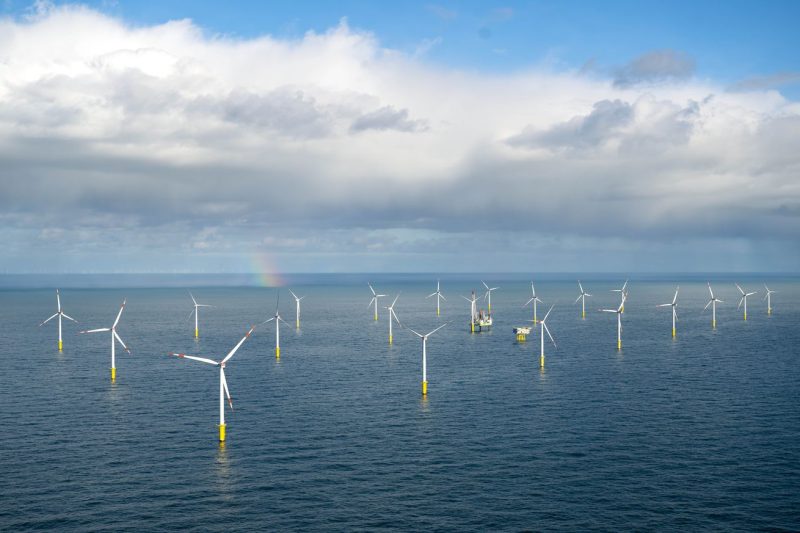Wind energy has long been recognized as a key player in the transition to cleaner and more sustainable sources of electricity. With the growing demand for energy worldwide, exploring alternative sources has become more pressing than ever. One particularly intriguing avenue within the realm of renewable energy is the potential use of wind power to meet the energy needs of artificial intelligence (AI) systems.
AI, with its rapid advancements and increasing integration into various aspects of daily life, requires significant amounts of energy to operate. As AI technology continues to evolve and permeate even more sectors, finding sustainable and reliable energy sources to power these systems becomes crucial.
Wind energy, harnessed through wind turbines, presents a promising solution for meeting the energy demands of AI. By converting the kinetic energy of wind into electricity, wind power offers a clean and renewable source of energy that is not only abundant but also environmentally friendly. Integrating wind energy into the infrastructure that supports AI operations could significantly reduce the carbon footprint associated with powering these systems.
One of the key advantages of utilizing wind power for AI energy needs is its scalability. Wind farms can range from small-scale installations to large, utility-scale projects, making it a versatile option that can be tailored to meet various energy requirements. This flexibility is especially valuable in the context of AI, where energy demands can vary widely depending on the scale and complexity of the systems in use.
Furthermore, the intermittent nature of wind power, often cited as a drawback, can be effectively managed through advanced technologies such as energy storage systems and smart grid solutions. By implementing storage technologies like batteries or hydrogen storage, excess energy generated during high-wind periods can be stored for use when the wind is not blowing. Smart grid systems can also optimize the distribution and consumption of wind energy, ensuring its efficient use to power AI infrastructure.
In addition to its environmental benefits, integrating wind power into AI energy systems can also have economic advantages. As the costs of wind energy continue to decrease and become more competitive with traditional energy sources, leveraging wind power for AI operations could lead to cost savings in the long run. This cost-effectiveness, combined with the potential for reducing greenhouse gas emissions, makes wind energy an attractive option for powering AI in a sustainable manner.
Overall, the synergy between wind power and AI energy requirements presents a compelling opportunity to advance both clean energy technologies and the development of AI systems. By harnessing the power of the wind to meet the energy needs of AI, we can pave the way for a more sustainable and environmentally conscious future, where cutting-edge technology is powered by renewable sources.
In conclusion, exploring the potential of wind energy as a solution to AI energy needs holds great promise in driving innovation towards a greener and more efficient energy landscape. By investing in the integration of wind power with AI infrastructure, we can not only meet the growing energy demands of AI systems but also contribute to a more sustainable energy future for generations to come.

